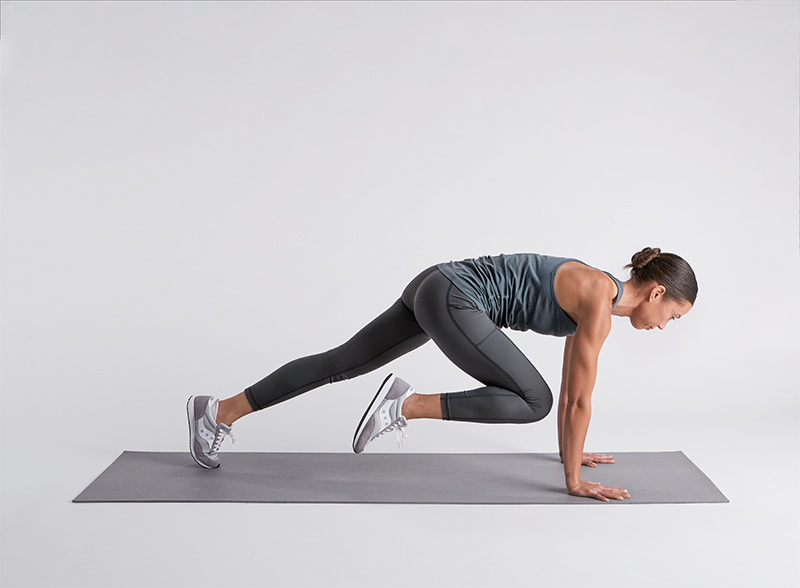Cómo hacer escaladores de montaña: una guía de Hinge Health
Aprende a hacer escaladores de montaña para fortalecer el cuerpo. Descubre modificaciones para hacer este ejercicio más fácil o más difícil y aprovecha al máximo tu entrenamiento.
$0 costo para usted
Última actualización: Jul 22, 2025
